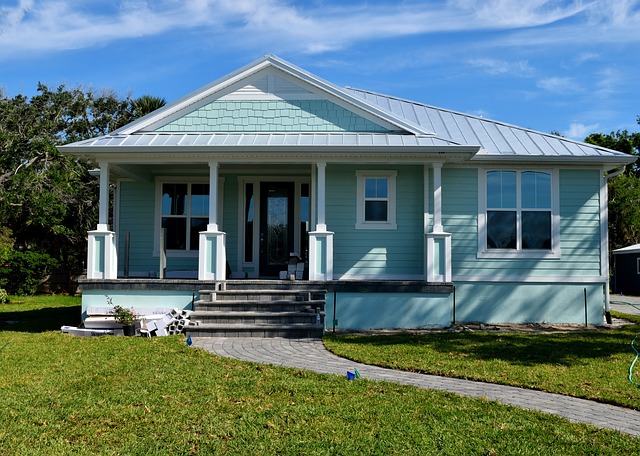Home Staging Tip – Urban Gardening in Small Spaces
 Home staging means getting a home ready for sale with the goal to maximize the sale price and close a sale as fast as possible. Some home staging tasks are very dreary, like having to get the place sparkling clean. That is really not fun work. It may be better, if it is affordable, for the homeowner to hire professionals to do that grunt work.
Home staging means getting a home ready for sale with the goal to maximize the sale price and close a sale as fast as possible. Some home staging tasks are very dreary, like having to get the place sparkling clean. That is really not fun work. It may be better, if it is affordable, for the homeowner to hire professionals to do that grunt work.
Another part of home staging is really fun and even can start long before putting a home on the market for sale. Children like to participate in this as well. It is creating an urban garden.
Urban Garden
An urban garden fits in anywhere. The idea is to create space for plants to thrive even if there is no backyard or in-ground growing opportunities. Here are some easy ways to achieve this:
- Window Planter Boxes: Any window that gets sunlight can have a window box. Install these boxes on the inside or on the outside of the window depending on the climate. These are perfect places to have flowers add color that is attractive. Transplant low-cost flowering plants into window boxes. Using this strategy, window boxes stay full of flowers, which are constantly in bloom.
- Big Pots: Decorative large pots are a great thing to use to create a garden space. Strawberry pots made of clay are popular things to put on a balcony or a porch. Flower pots that line the walkway to the front door add to a home’s curb appeal.
- Roof Gardens: For townhouses without a backyard, balcony, or a patio, there may only be an urban garden space available on a roof. If there is a good view as well, this is a real plus. Be sure to have a nice picnic table to sit around and enjoy the area.
- Herbs: Herb gardens are very easy to start. Herbs of many kinds can grow in simple planters. One added advantage is, if growing aromatic herbs, they put a pleasant smell in the air.
Summary
Besides growing flowers, urban gardens may also provide fresh herbs and vegetables to eat. Many things are really easy to grow, such as the herb basil, and they add a nice flavor to a meal.
Start with a small herb garden. If you have children, get them involved. Soon, it will be so much fun growing plants that your house will fill with color, nice smells, and good things to eat.
If you are in the market for a new home or interested in refinancing your current property, be sure to contact your trusted home mortgage professional to discuss current financing options.

 If you’ve just moved into your new home and you have a pet, you may be thinking of installing a pet door. A pet door is a permanent door feature that is cut into the bottom third of an entry door. Before making a permanent alteration to your door, consider the pros and cons of installing a pet door.
If you’ve just moved into your new home and you have a pet, you may be thinking of installing a pet door. A pet door is a permanent door feature that is cut into the bottom third of an entry door. Before making a permanent alteration to your door, consider the pros and cons of installing a pet door.  Foreclosure is a process that happens over many months. There are various opportunities to acquire real estate that is in a different stage of foreclosure, including before the foreclosure process completes. This short guide identifies the different stages and the opportunities that may exist to acquire a property at a discounted price.
Foreclosure is a process that happens over many months. There are various opportunities to acquire real estate that is in a different stage of foreclosure, including before the foreclosure process completes. This short guide identifies the different stages and the opportunities that may exist to acquire a property at a discounted price.